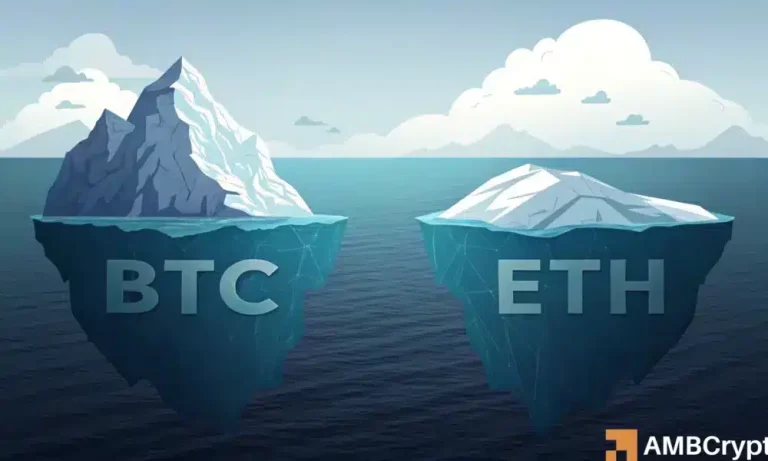
“
Introduction to the Cosmos and Our Place in It
From Stardust to Dreams: Imagining Life Beyond the Stars is a journey through the vast expanse of space, exploring the mysteries of the universe and our place within it. The cosmos, with its billions of galaxies and stars, has always been a source of fascination and inspiration for humanity. The realization that we are all made of stardust, the remains of stars that have exploded and died, adds a profound layer of connection between us and the universe. This article will delve into the possibilities of life beyond Earth, the dreams that have driven human exploration, and the technologies that are bringing us closer to the stars.
The Building Blocks of Life and the Universe
The universe began as a singularity, an infinitely hot and dense point, around 13.8 billion years ago. This singularity expanded rapidly, and as it did, it cooled and formed subatomic particles, atoms, and eventually the stars and galaxies we see today. The elements that make up our bodies, from hydrogen to iron, were created within the hearts of these stars through nuclear fusion. When these stars died, they exploded in supernovae, scattering their elements across the universe. Over time, these elements coalesced into new stars, planets, and eventually, life on Earth. The concept of being made of stardust is not just poetic; it is a scientific fact that links us directly to the universe’s beginnings and evolution.
Imagining Life Beyond Earth
The possibility of life existing elsewhere in the universe is a tantalizing prospect that has captured human imagination for centuries. With the discovery of exoplanets, some of which are located in the habitable zones of their respective stars, the potential for life beyond Earth seems more plausible than ever. The habitable zone, also known as the Goldilocks zone, is the region around a star where temperatures are just right for liquid water to exist on a planet’s surface. Since water is essential for life as we know it, planets within this zone are considered prime candidates for hosting life. The search for life beyond Earth is an active area of research, with scientists using a variety of methods to search for biosignatures, such as the presence of oxygen, methane, or other gases that could be produced by living organisms. For more on this topic, check out Beyond the Milky Way: Imagining New Worlds and Possibilities.
Dreams and the Drive for Space Exploration
Humanity’s drive to explore space is as much about fulfilling our dreams as it is about scientific discovery. The dream of reaching the stars has inspired generations of scientists, engineers, and explorers. From the early achievements of space travel, like landing on the Moon, to current ambitious projects aimed at sending humans to Mars and beyond, the desire to explore and understand the universe is deeply ingrained in human nature. This drive is not just about expansion or conquest but also about the pursuit of knowledge and the betterment of human life on Earth. Space exploration has already led to numerous technological advancements that benefit society, from telecommunications and weather forecasting to medical technologies and environmental monitoring. For a deeper dive into the creative aspect of this exploration, consider reading Cosmic Creativity: How Imagination Soars Beyond the Constellations.
Conclusion and the Future of Space Exploration
In conclusion, the journey from stardust to dreams is a testament to human curiosity and the inherent drive to explore and understand the universe. As we continue to push the boundaries of space exploration, we not only seek to fulfill our dreams of reaching the stars but also to expand our knowledge of the cosmos and our place within it. The future of space exploration holds much promise, with ongoing and planned missions aimed at exploring the Moon, Mars, and the outer reaches of the solar system. The possibility of life beyond Earth, whether in the form of microbial life or intelligent beings, is a profound question that continues to inspire scientific investigation and speculation. As we move forward in our exploration of the universe, we are reminded of the infinite possibilities that lie before us and the dreams that will continue to drive humanity to reach for the stars.
Takeaways:
- We are all made of stardust, connecting us to the universe’s beginnings and evolution.
- The possibility of life existing elsewhere in the universe is considered plausible by scientists.
- Humanity’s drive for space exploration is driven by the pursuit of knowledge, the betterment of life on Earth, and the fulfillment of our dreams.
- Space exploration has led to numerous technological advancements that benefit society.
- The future of space exploration is promising, with ongoing and planned missions to explore our solar system and beyond.






